 Loading...
Loading...Teach and Assess
ConnectEd provides a wealth of curriculum resources including lesson plans, student handouts, and media and web resources. Use the links below to filter the library by industry sector.
Exploring College, Career and Community Options (ECCCO)
College Access
Students explore their post-secondary options and create a college and career plan. Students learn about financial aid options and complete tasks related to college admissions, such as documenting and reflecting on their extracurricular activities and writing a high-quality personal statement. The curriculum is also intended to prepare students for the costs and culture of college by providing opportunities for advanced planning and budgeting.
Career Development
Students explore their career options by surveying their interests and attending career exploration visits to deepen their understanding of an industry sector. Students prepare for internships and jobs by conducting mock interviews and writing a high-quality resume and cover letter. The curriculum is also intended to guide students through a summer internship by providing lessons that highlight common job site challenges such as understanding time and stress management and workplace diversity.
Download ECCCO - Career Development
Set Up ECCCO Plan on Studios
Arts, Media, and Entertainment

Digital Media Arts 1: Audio- Using Sound to Tell Stories
Students work in teams to create a short audio story. The project is organized into three phases: pre-production, production, and post-production. In pre-production, students choose stories that they think other teenagers would find compelling, informative, provocative, or entertaining. They identify the types of sounds they need to record for their story and plan interviews and other recordings.
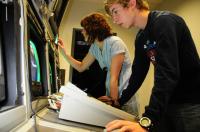
Digital Media Arts 2: Video-Telling Stories with Moving Images
In this unit, students explore the power of the moving image as a medium for telling stories—both real and fictional. For their unit project, students create a short video that tells a story illustrating a strength their community has or a challenge their community faces.

Digital Media Arts 3: Animation- The Animated World
Students learn first-hand the techniques and principles of animation. They learn hand-drawn pencil-and-paper animation, starting with the classic task of animating a bouncing ball. Students then learn computer-generated 2-D animation. Throughout the unit, they analyze animated movies made in a variety of animation forms and styles, looking at how the movies use the principles of animation as well as the elements of art and principles of design.
Biomedical and Health Sciences
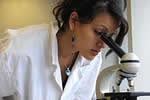
Crime Scene Investigation
In this unit, students take on the role of crime scene investigators to solve a murder that has occurred at the school. They will integrate math, science, and language arts into the study of forensic science and associated health science careers.
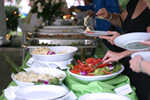
Good Eats
In this unit, students will learn about the connection between nutrition and health. Through interdisciplinary study in Biolo
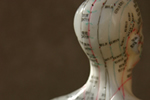
Second Opinion
In this unit, students will explore the variety of medical practices that exist outside of conventional Western medicine. Complementary and alternative medicine, known as CAM, is becoming more widely accepted in the United States as our population becomes
Engineering

Reverse Engineering
Students are introduced to design engineering and the process of reverse engineering in research and development. Students study the historical impact of the Enigma Machine, a classic example of reverse engineering. The unit culminates in students tearing down and redesigning a common household object.
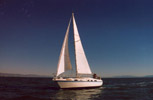
Ship Shape
This integrated unit focuses on the theme of naval architecture. Students are introduced to naval engineering and the history of sailing and ship design. Students explore the science and math associated with designing seaworthy vessels, and the unit culminates in a ship design challenge.
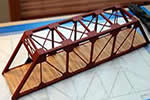
Bridge Building
In this unit, students are introduced to application physics and trigonometry in bridge engineering, as well as the potential ecological impact of large-scale construction. The unit culminates in a design challenge where students design, build and test truss bridges made of balsa wood.
Law, Justice, and Public Services
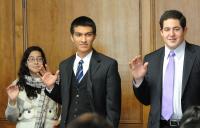
Foundations in Law 1: Human Nature, Rules, and Power
In this unit, students consider why humans make rules, what purposes rules and laws serve, and how legal structures both distribute and concentrate power. Using the U.S. Constitution and the U.S. legal system as a point of comparison, students decide what role the voice of youth plays in decision-making. Students collaborate, conduct research, and consider how their personal interests, working styles, and skills apply to professions in the fields of law and law enforcement.

Foundations in Law 2: The Legal System in Action
In this unit, students examine how the legal system actually works. Students examine the different approaches that law enforcement professionals use to promote school safety, and consider both the intended and unintended consequences of a law. Students also explore how youth and adults advocate for a more effective and just legal system.

Foundations in Law 3: Criminal Law and the Pursuit of Justice
In this unit, students learn the steps of the criminal justice process and apply the elements of a criminal law to a fictional homicide case. Students build their teamwork and critical-thinking skills by working in different professional roles to identify relevant facts, analyze and synthesize information, make inferences, and develop persuasive legal arguments about their case. Students consider how their choices address equity in the criminal justice process and reflect on the extent to which the criminal justice system promotes justice.
